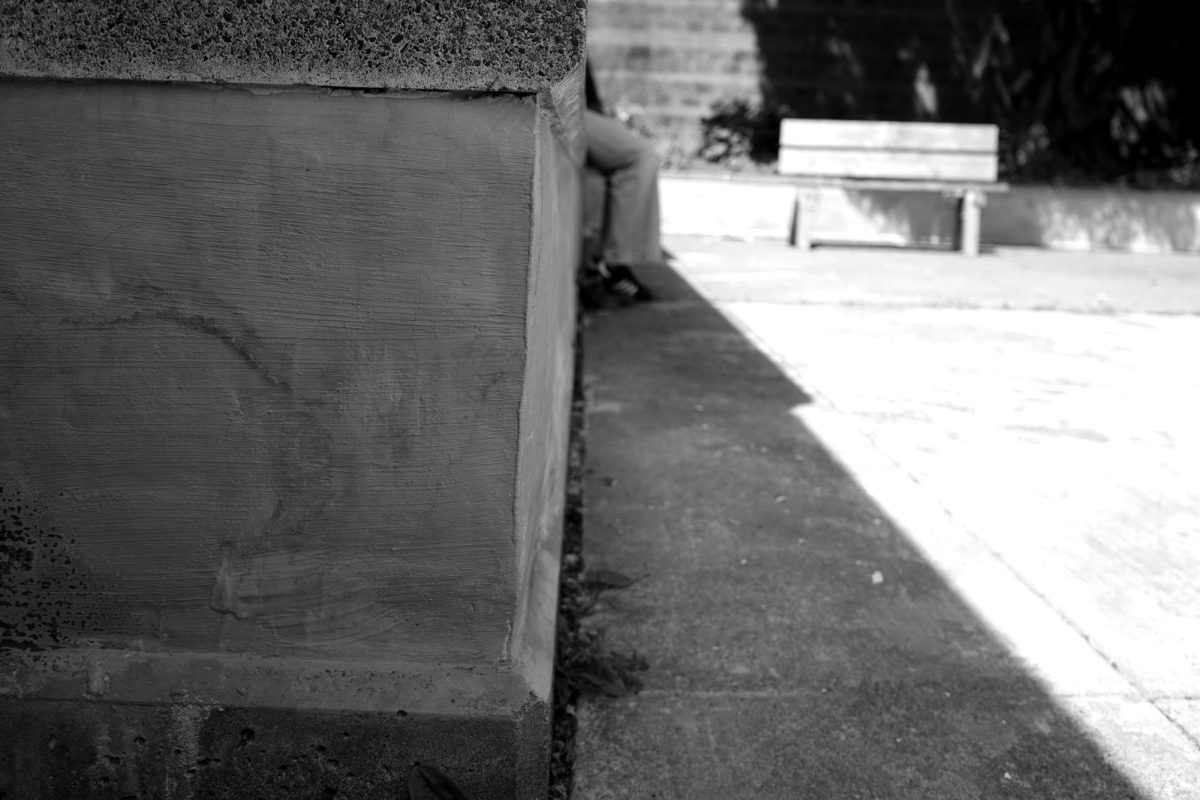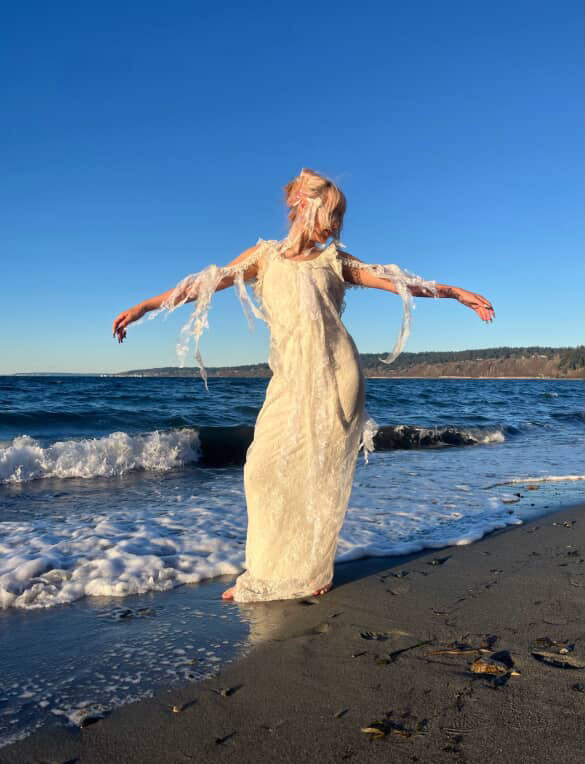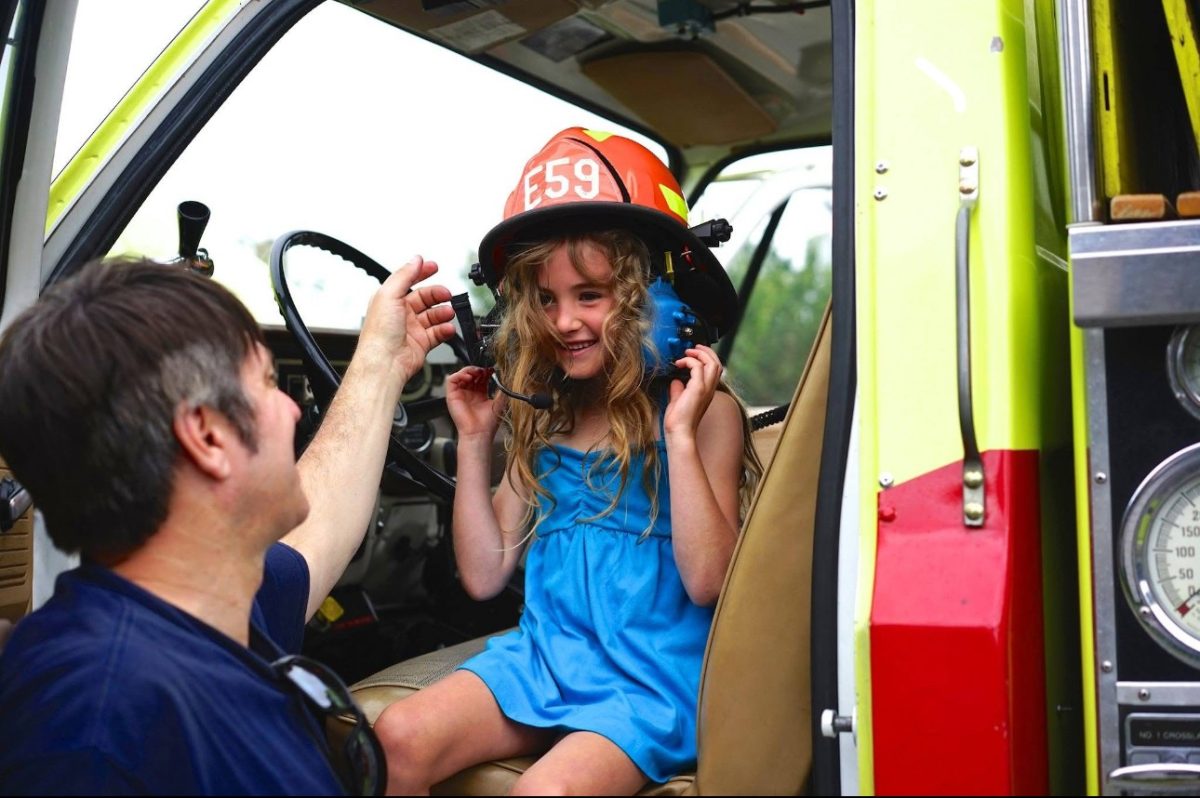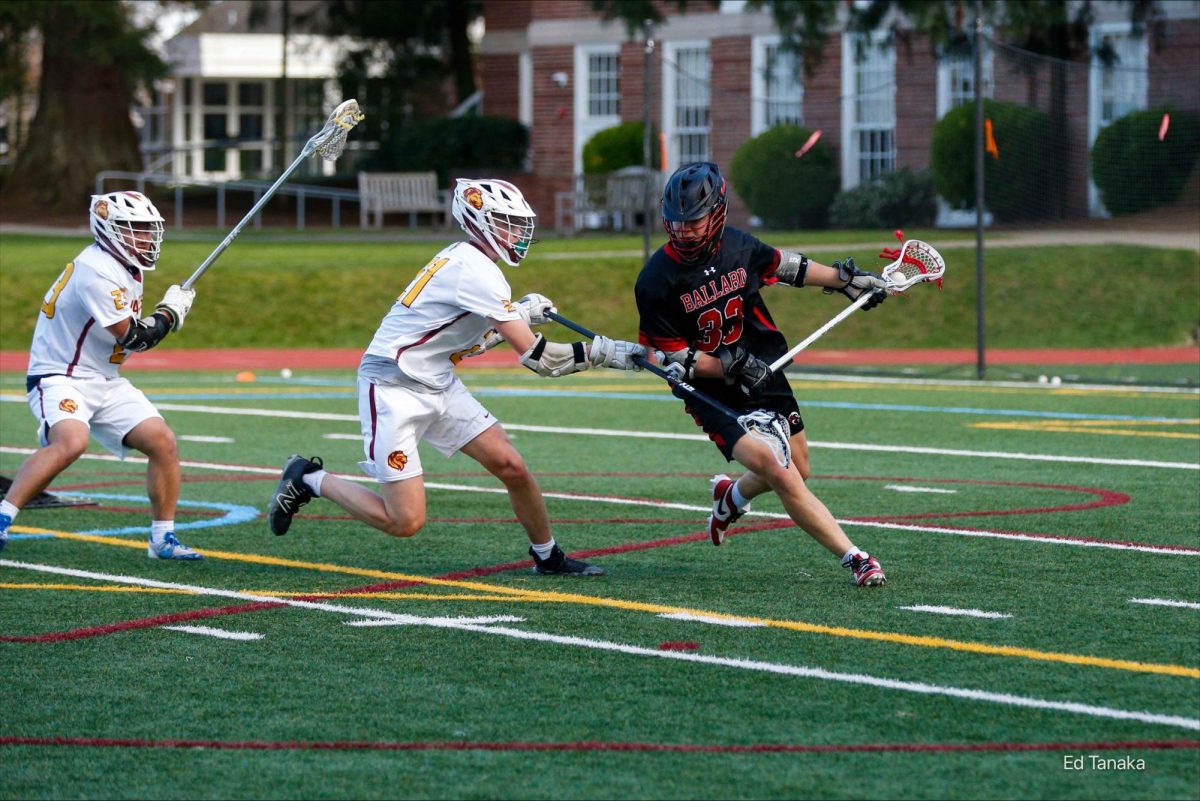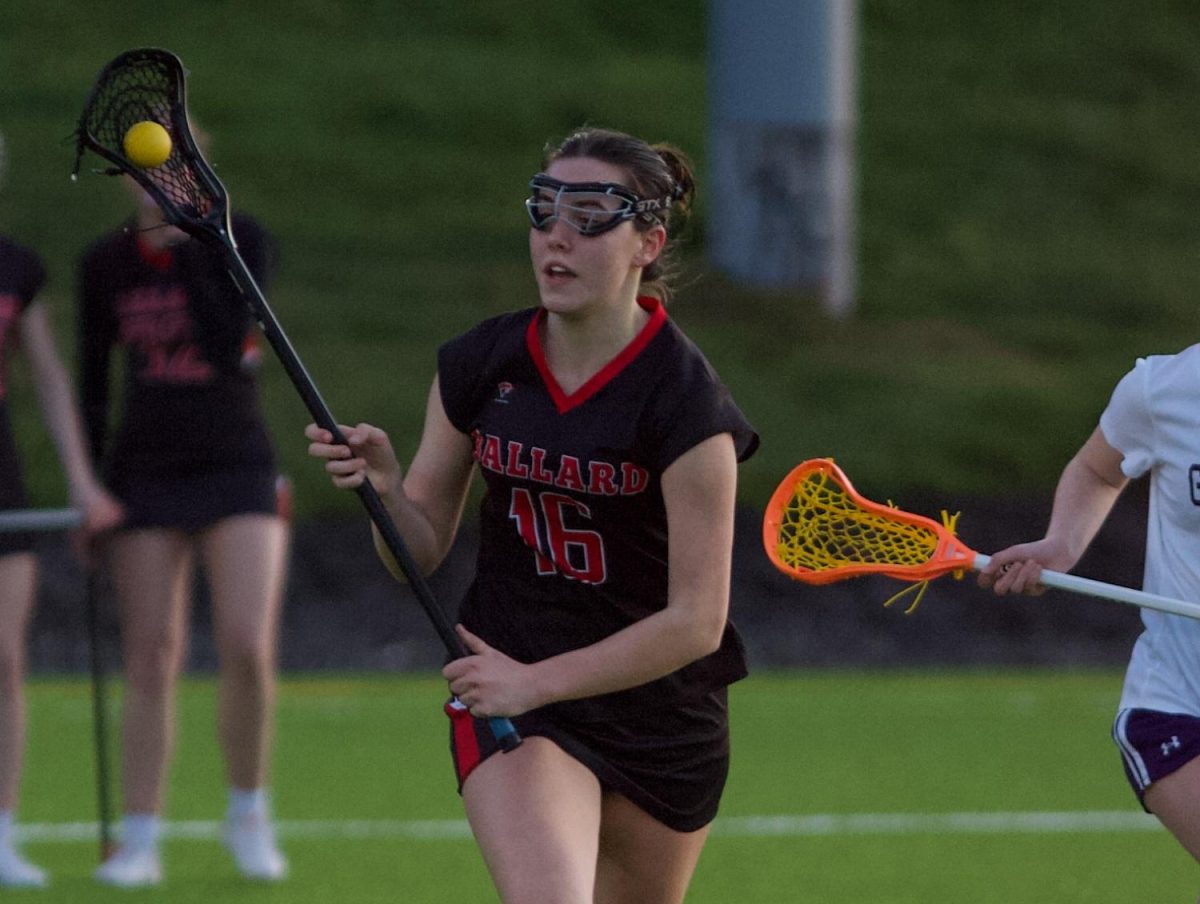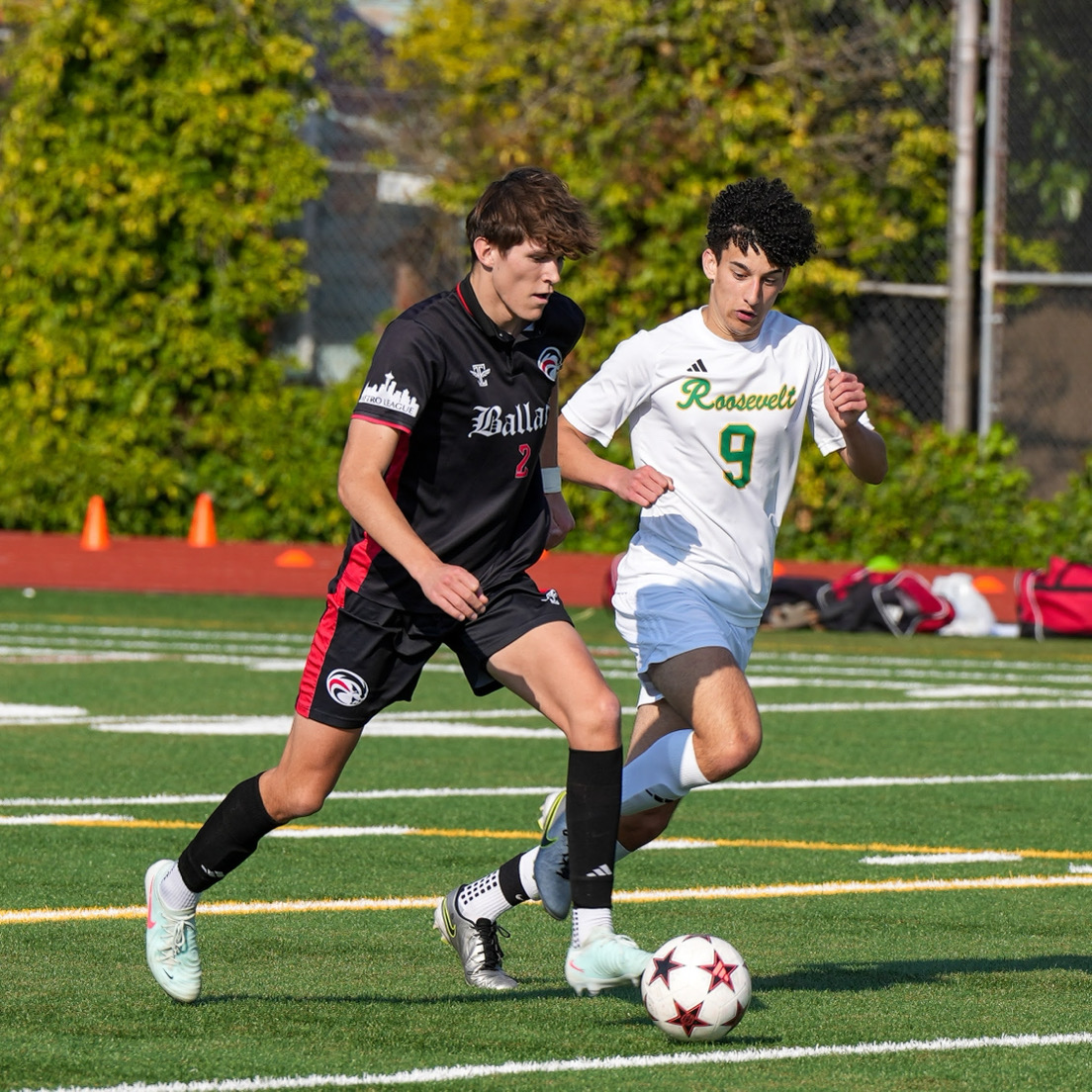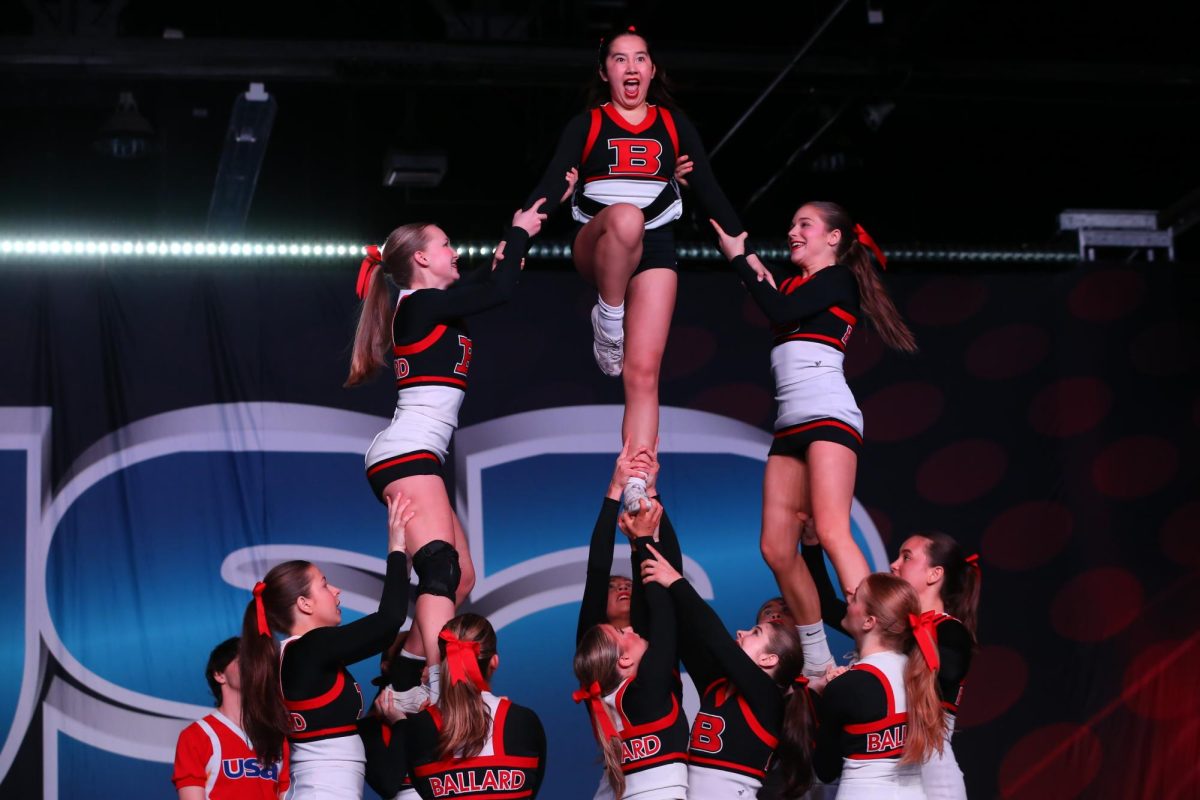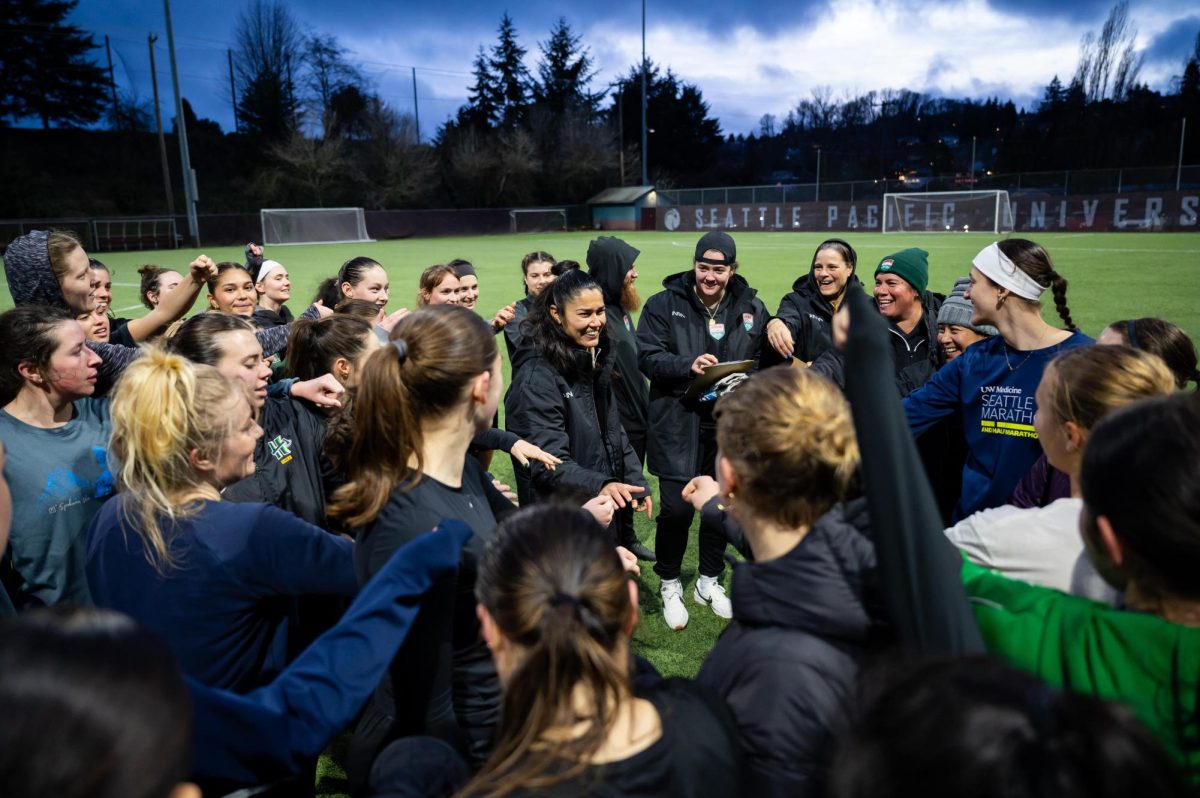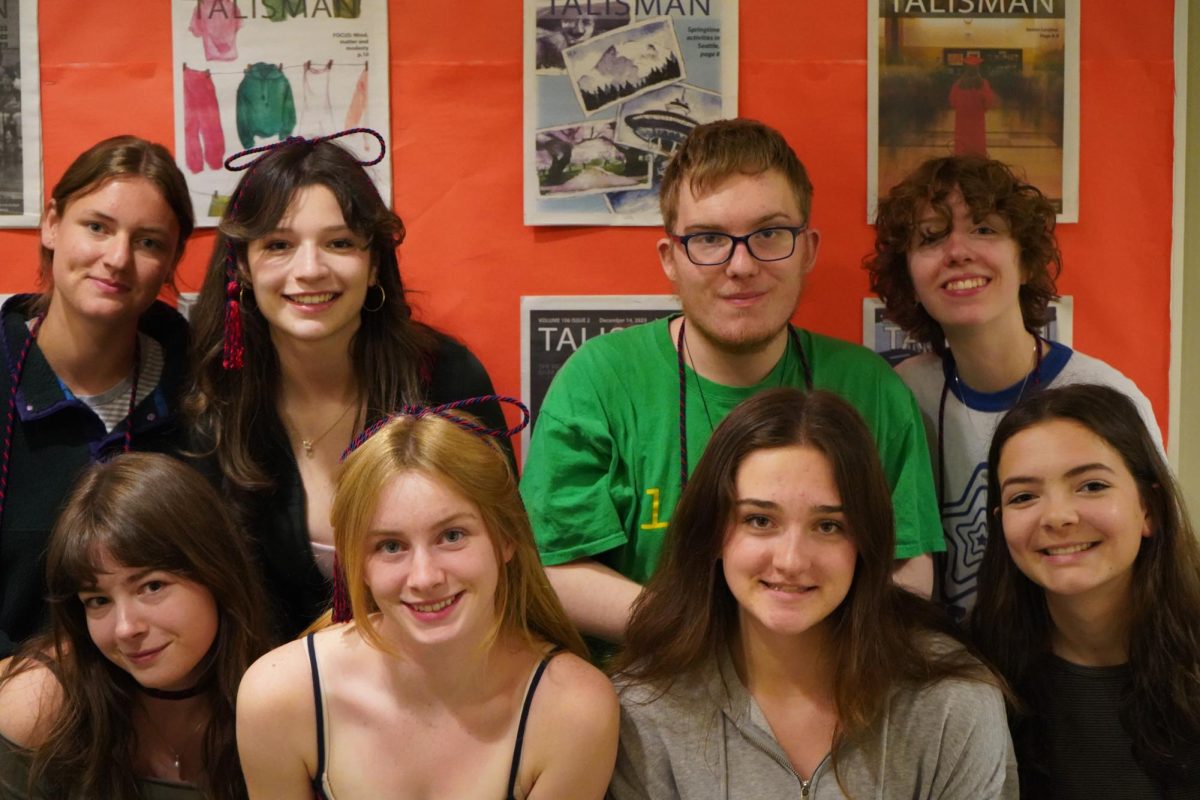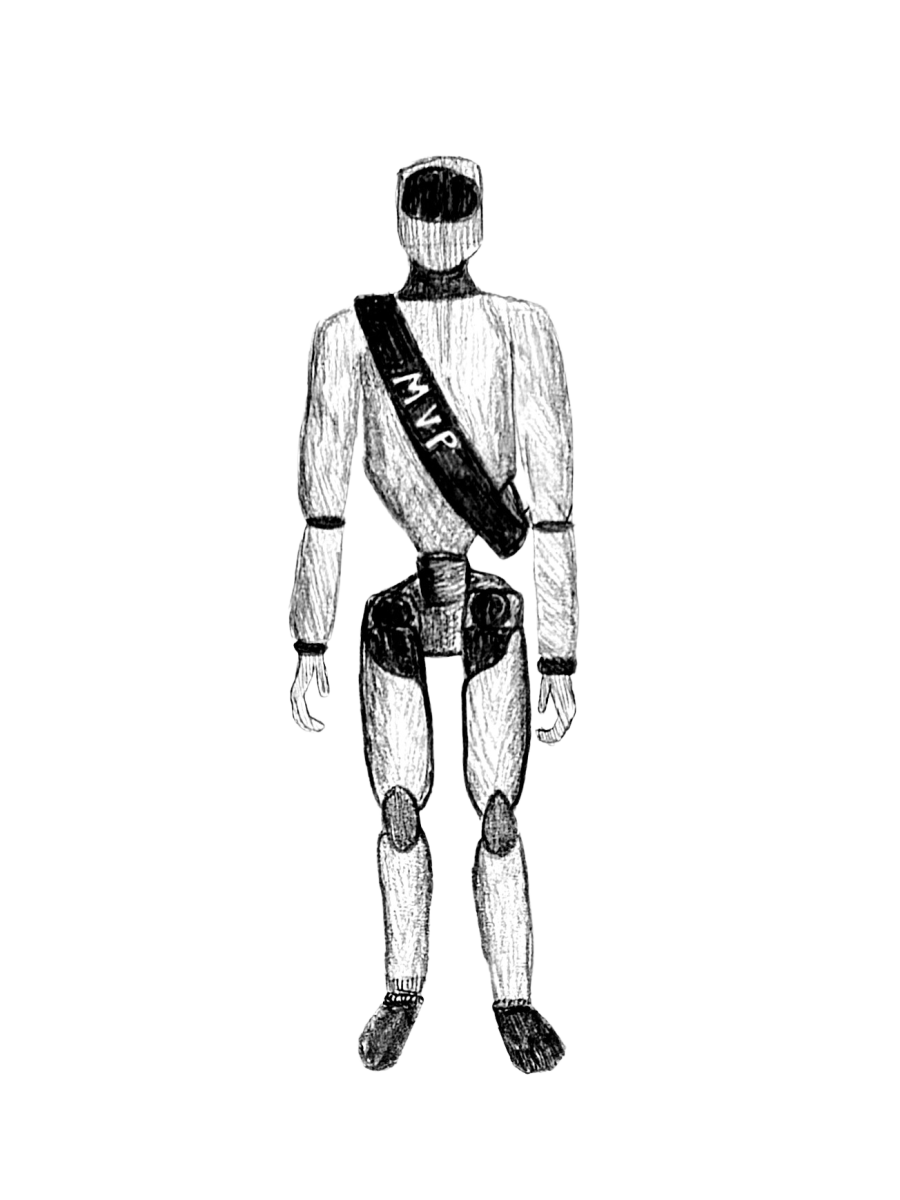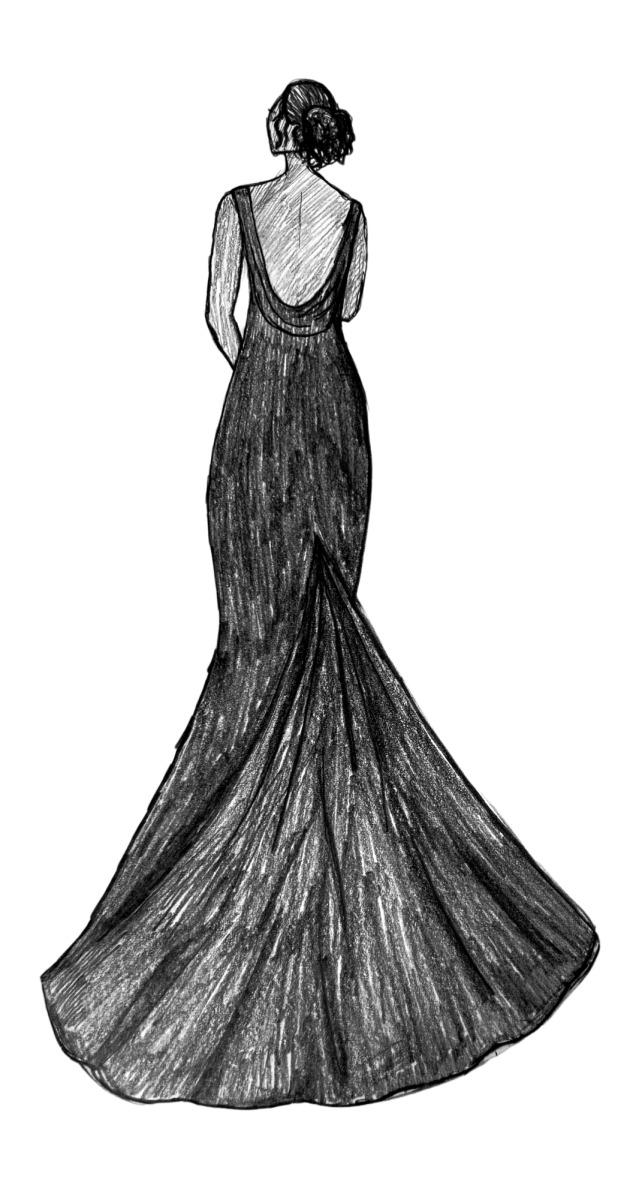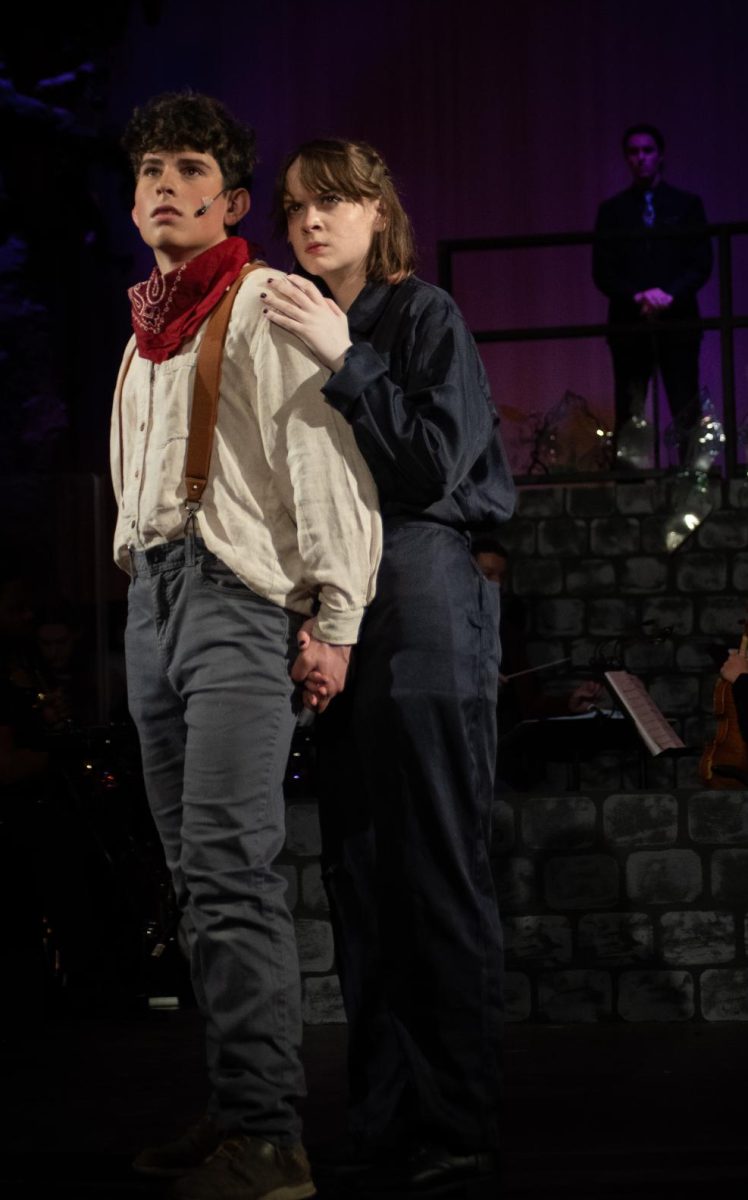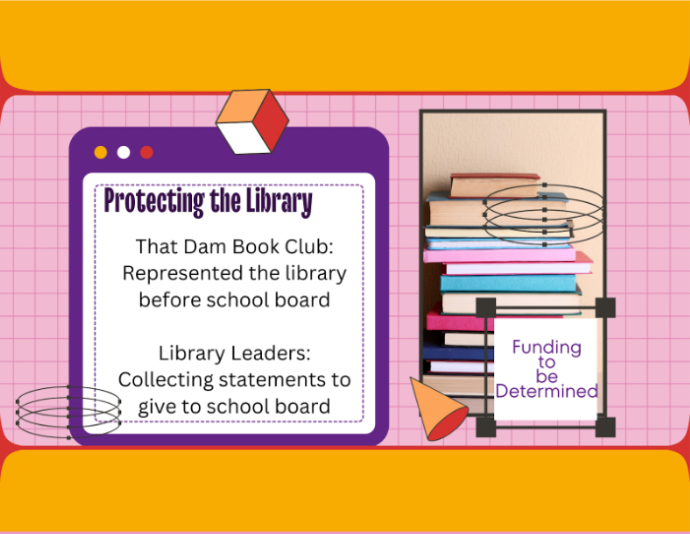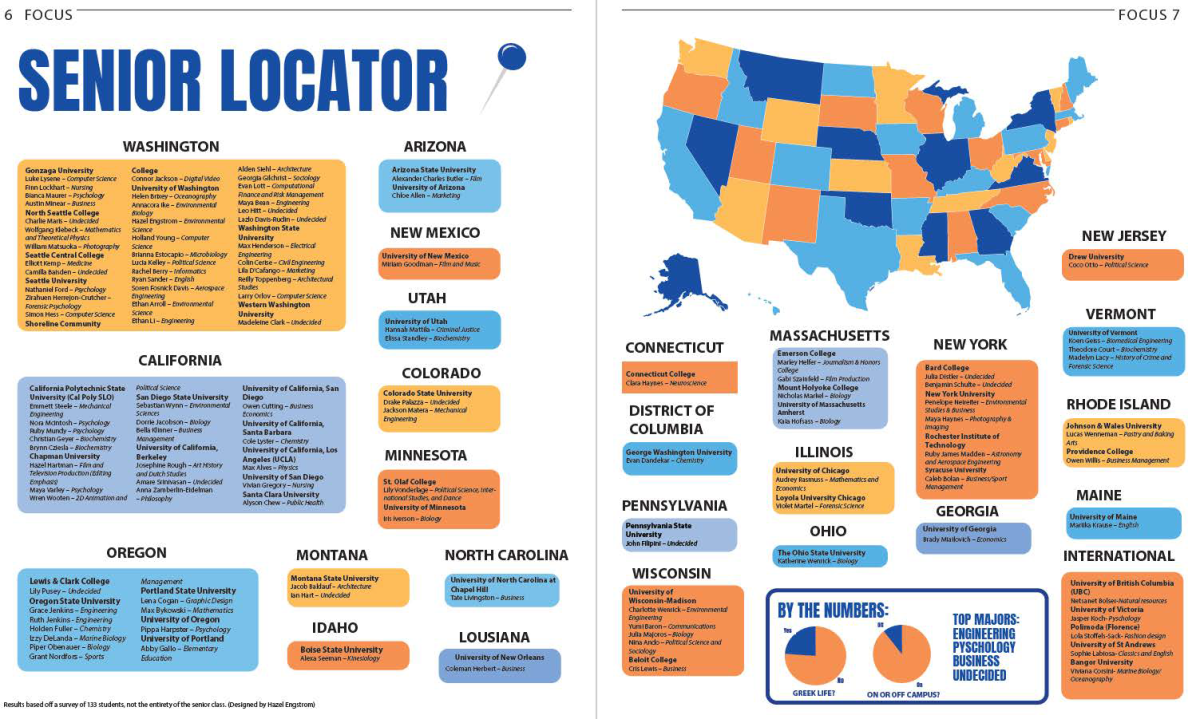Since Spring of last year the Building Equity And Challenging Hate Club has collaborated with school administration to replace some of the tiles around the outside of the school with symbols that people have complained resemble swastikas [is this good?]
BEACH Club’s work involves collaborating with the Building Leadership Team, an organization which contains school staff members as well as community and ASB representatives and which governs issues such as school budget and professional development.
“Building Leadership Team,” Robin Dowdy, social studies teacher, said, “is the organization that makes decisions for Ballard High School as a whole that aren’t necessarily instructionally focused but whole-building process focused.”
BEACH Club, a club founded two years ago which, according to its description on the school website, “is dedicated to fostering equity and challenging hate throughout our school community,” has past achievements ranging from running trainings on topics such as standing up to harassment and bigotry to surviving leaving the organization it was originally founded in association with.
“The club started two years ago with the goal of addressing interpersonal conflicts due to racism or sexism or any other kind of hate at the school,” Dowdy said. “Unfortunately the group that it was founded under was embroiled in the Palestinian/Israeli conflict last year, so we separated from that group.”
The tiles were originally visible near the portables behind the lunchroom and outside the Ceramics classroom. The tiles were designed in a pre-Nazi era based on an ancient Greek symbol, but Brandy Williams-Gurian, senior and BEACH club co-leader, notes that they still remind many of swastikas and are “a pretty significant part of Ballard High School’s architecture.”
A draft of a plaque Ballard intends to put near the tiles by the portables states that the tiles were in no way meant to resemble swastikas and that Ballard strongly opposes Nazism.
The school does not currently intend to cover the tiles by the portables due to issues from weather to the greater number of tiles in that area to wanting to contextualize the tiles instead of entirely hiding them. However, the tiles by the Ceramics classroom are already covered, and will make way for another design which will give contributing students a chance to highlight their cultures.
“We should strike a balance between removing those symbols, especially by the Ceramics classroom,” Larry Orlov, club co-leader, said, “while also using this as an opportunity to educate our community and celebrate our cultural diversity.”
While the full replacement design does not yet exist, the administration has already come up with the concept and plans to open for submissions from student artists. Orlov said submissions might open in this school year or the next one.
“We’re thinking to have it look sort of like a river theme.” Fort said. “Individual tiles are supposed to be reflections of students’ cultures, where students will have opportunities to design tiles that will highlight this river.”



